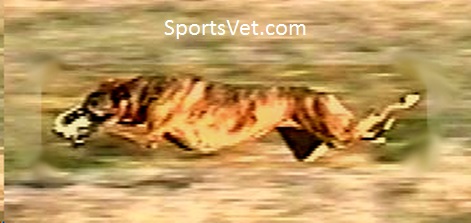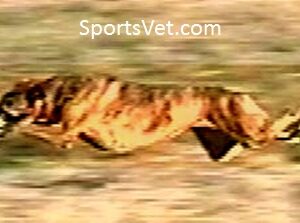Description
This includes a discussion of canine locomotion and the racing gallop of the racing Greyhound. It breaks down the racing gait into the various components and how they relate to the racing surface. It includes kinematic and biomechanical information from a study and related report done for the Kansas Racing Commission titled “A Kinematic and Kinetic Analysis of the Greyhound Racing Pattern” (1991).




Recent Comments